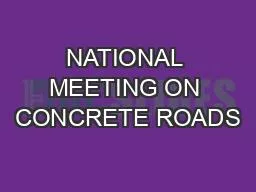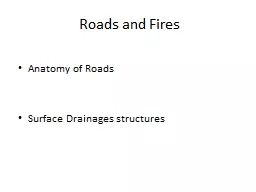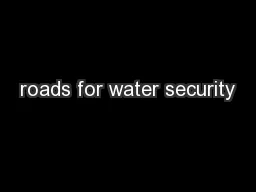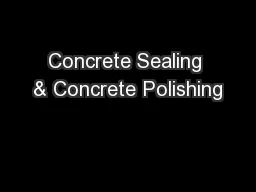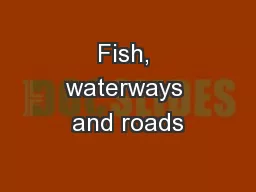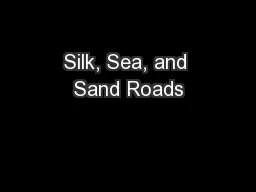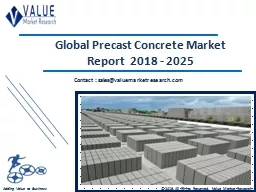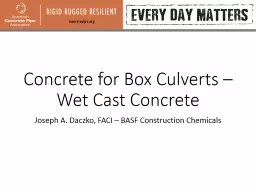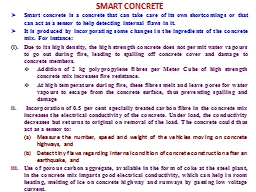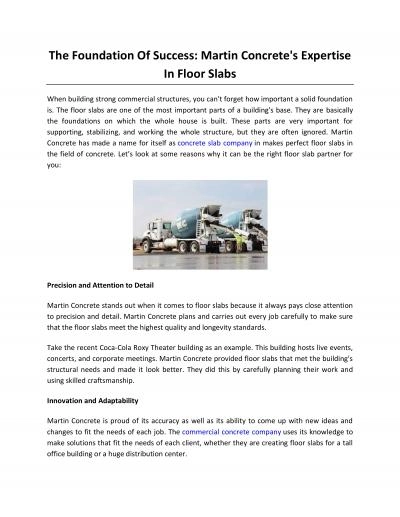PPT-NATIONAL MEETING ON CONCRETE ROADS
Author : easyho | Published Date : 2020-06-23
18th December 2002 Ankara CONCRETE ROAD CONSTRUCTIONS State of the Art and new Development by Jürgen Halm HeidelbergCement Technology Center GmbH Department Concrete
Presentation Embed Code
Download Presentation
Download Presentation The PPT/PDF document "NATIONAL MEETING ON CONCRETE ROADS" is the property of its rightful owner. Permission is granted to download and print the materials on this website for personal, non-commercial use only, and to display it on your personal computer provided you do not modify the materials and that you retain all copyright notices contained in the materials. By downloading content from our website, you accept the terms of this agreement.
NATIONAL MEETING ON CONCRETE ROADS: Transcript
Download Rules Of Document
"NATIONAL MEETING ON CONCRETE ROADS"The content belongs to its owner. You may download and print it for personal use, without modification, and keep all copyright notices. By downloading, you agree to these terms.
Related Documents

